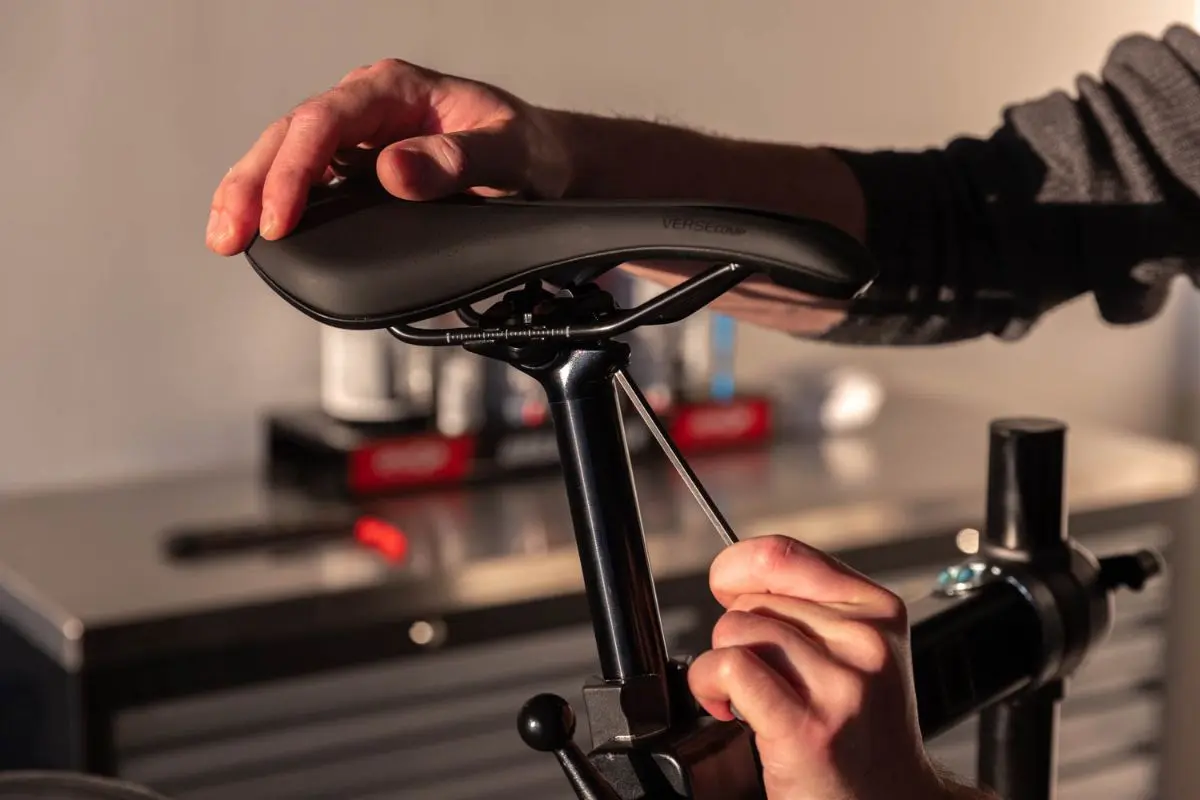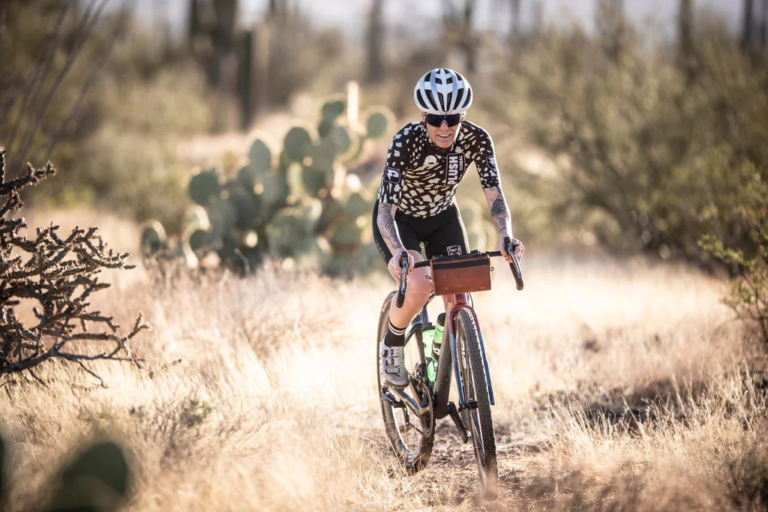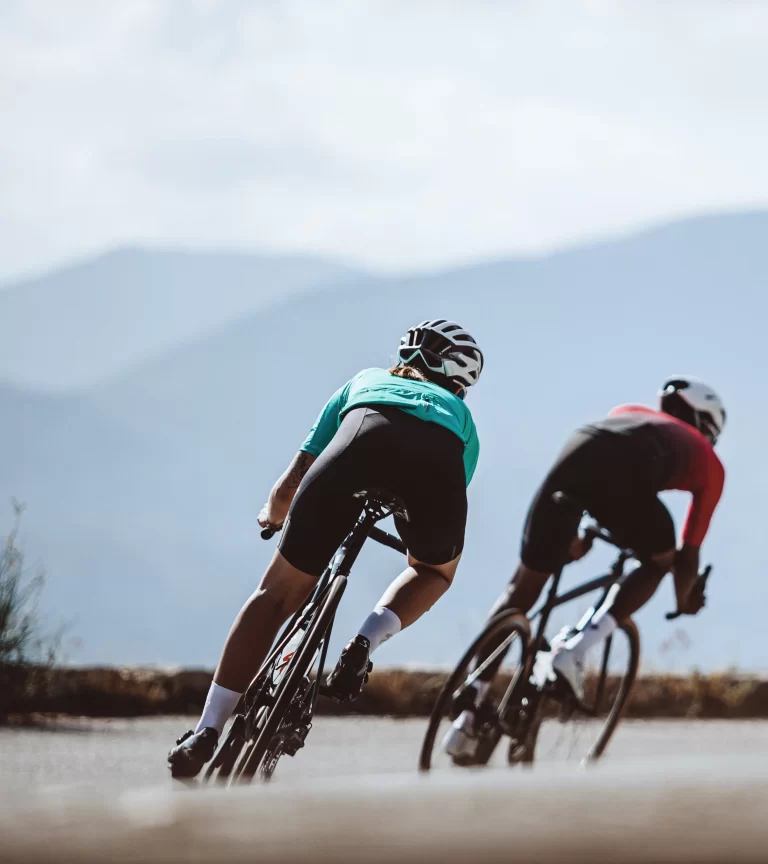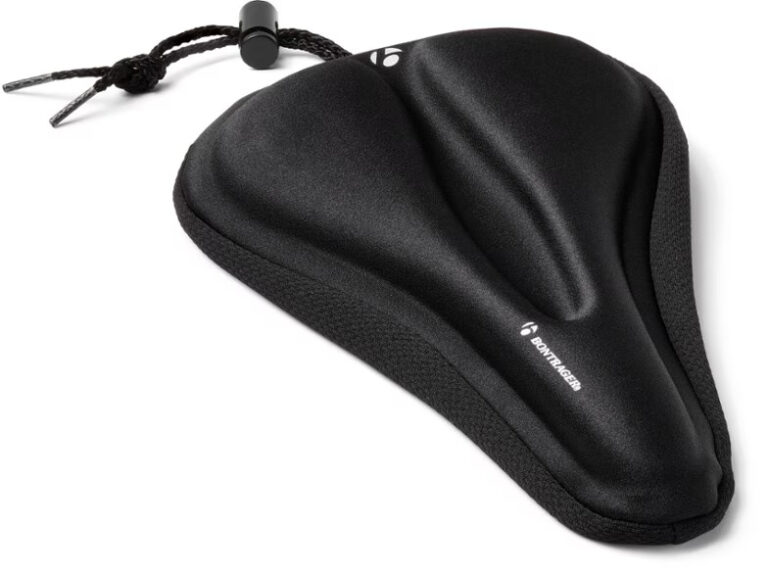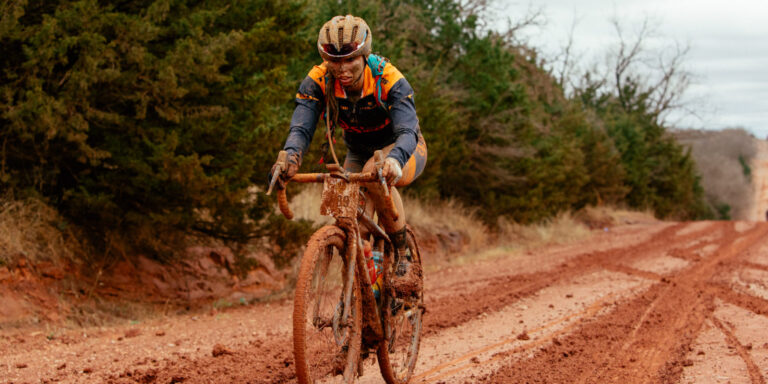How to Set Road Bike Saddle Height: A Master Cyclist’s Guide to Comfort and Efficiency
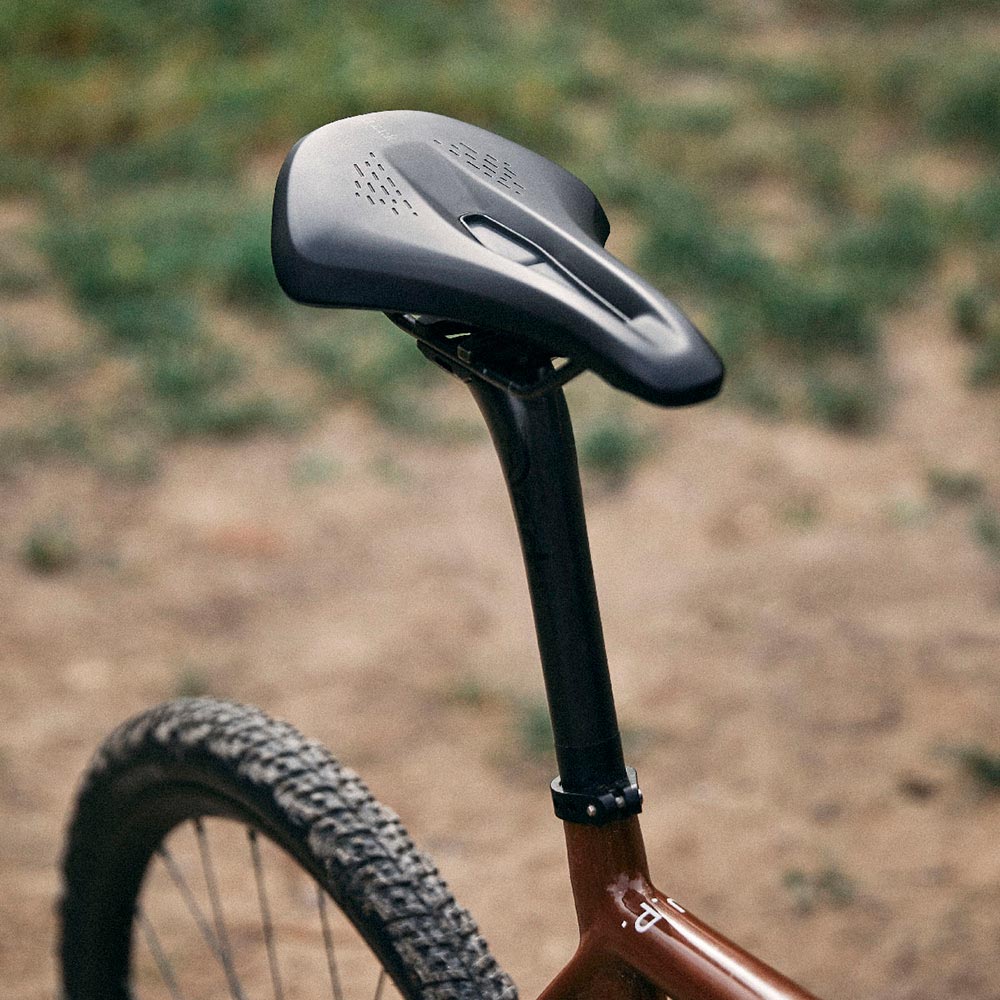
Key Point Summary of How to Set Road Bike Saddle Height:
- Correct Saddle Height: Essential for comfort, efficiency, and injury prevention.
- Methods for Setting Saddle Height: Heel method, 109% method, and LeMond formula.
- Importance of Fine-Tuning: Small adjustments can make a big difference.
- Impact on Pedaling Efficiency: Correct height maximizes power output and endurance.
- Ergonomic Considerations: Proper saddle height reduces strain on knees and back.
- Seeking Professional Help: When in doubt, a professional bike fit is invaluable.
As someone who has spent years racing and riding on a variety of bikes, including road, mountain, gravel, and cyclocross, I’ve come to appreciate the subtle art of setting up a bike perfectly. One of the most crucial adjustments you can make, particularly on a road bike, is the saddle height. Getting this right is a game-changer for both comfort and performance.
Understanding the Basics
Setting your road bike saddle to the correct height is not just about comfort; it’s about maximizing your pedaling efficiency and preventing injuries. A saddle that’s too high will have you overextending at the bottom of each pedal stroke, leading to potential knee and back problems. Too low, and you’ll be losing out on power and efficiency, not to mention putting extra strain on your knees.

Methods to Set Saddle Height
There are a few methods to find your ideal saddle height:
- The Heel Method: Place your heel on the pedal and pedal backwards to the bottom of the stroke. Your leg should be completely straight. If your hip is rocking or you have to stretch to reach, the saddle is too high. If your knee is bent, it’s too low.
- 109% Method: Measure your inseam and multiply it by 1.09. Set your saddle height (from the center of the bottom bracket to the top of the saddle) to this figure. It’s a good starting point, although individual adjustments might be necessary.
- LeMond Formula: Measure your inseam and multiply it by 0.883. This measurement from the top of the saddle to the center of the bottom bracket provides a good baseline.
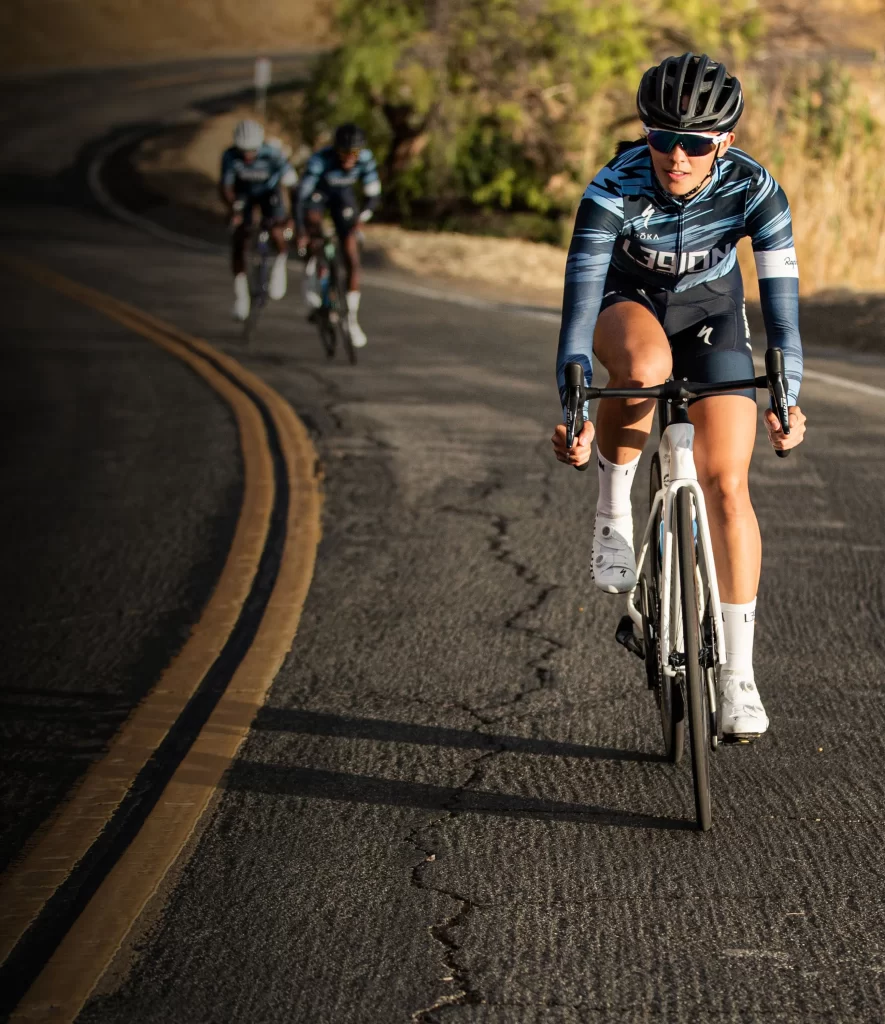
Impact on Pedaling Efficiency
A correctly set saddle height allows for efficient pedaling. You’re able to engage the full range of your leg muscles, including the powerful glutes, without overextension or underutilization. This leads to better endurance and power output, something I’ve personally noticed, especially on long climbs and endurance rides.
Ergonomics and Comfort
The right saddle height reduces unnecessary strain on your joints. I remember once tweaking my saddle a few millimeters higher before a long ride. The subtle change significantly reduced the fatigue in my legs and made the ride more enjoyable.
When to Seek Professional Help
If you’re struggling to find the right saddle height, or if you’re experiencing discomfort or pain despite adjustments, it might be worth getting a professional bike fit. This can be particularly useful if you’re new to cycling or have specific biomechanical considerations.
Here are three recommended saddles that are known for their adjustability and comfort, suitable for setting the correct saddle height:
- Selle SMP F20: This saddle is designed with SMP’s signature ergonomic shape, featuring a pronounced central cutout for pressure relief and a uniquely curved profile for optimal support. The F20 model is particularly well-suited for those who prefer a shorter saddle with ample padding and excellent pelvic support.
- Fizik Antares: The Fizik Antares balances comfort and performance, making it a popular choice among both competitive and recreational riders. It offers a slightly flatter profile compared to other Fizik models, which can accommodate a wide range of movement and riding positions. Its design supports efficient power transfer while providing comfort on longer rides.
- WTB Koda: Recognized for its comfort-focused design, the WTB Koda is versatile and suitable for a variety of riding styles. It features a wide, short nose for easy maneuverability and a generous central cutout to reduce pressure. The Koda is designed to accommodate different body types and is often praised for its comfort and supportive padding.
Each of these saddles brings something unique to the table in terms of design, ergonomics, and comfort, making them excellent choices for different types of road cyclists.
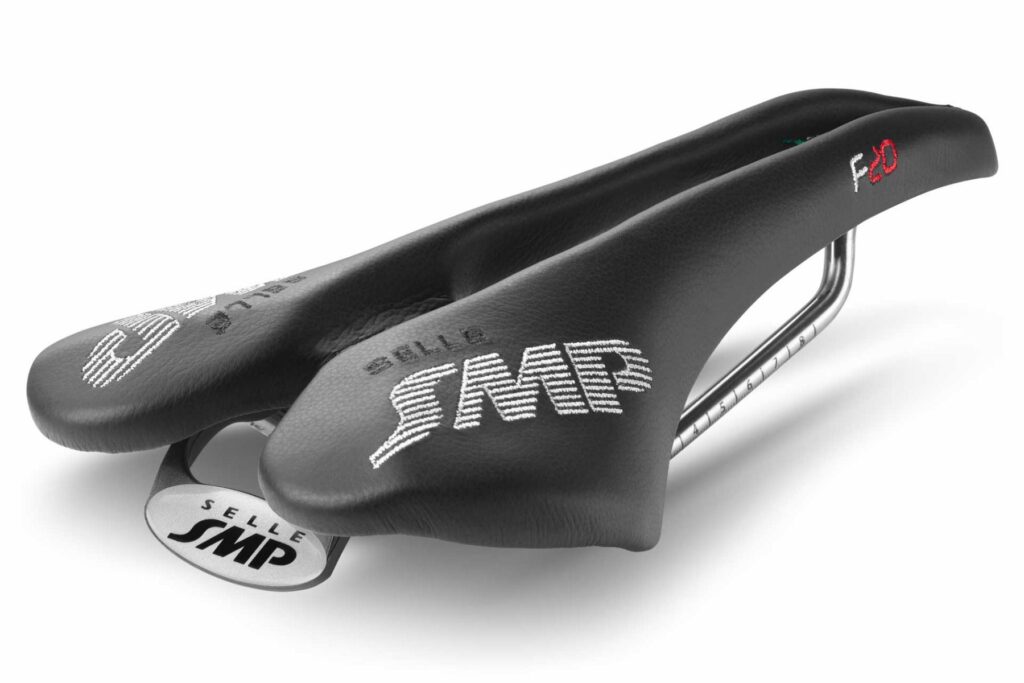
FAQ
What is the most accurate saddle height?
The most accurate saddle height varies per individual, but a commonly used and reliable method is the 109% Method: measure your inseam and multiply it by 1.09. This figure, in centimeters, is the distance from the center of the bottom bracket to the top of the saddle along the seat tube. This method is widely recognized for balancing comfort and pedaling efficiency.
Should my saddle be higher than the handlebars road bike?
On a road bike, the saddle is often set higher than the handlebars, especially for racing or performance-oriented riding, as it promotes an aerodynamic position and efficient power transfer. However, for more casual or endurance riding, having the saddle at or slightly above handlebar level can offer greater comfort. The ideal setup depends on your riding style, flexibility, and comfort preferences.
What is the 109 method saddle height?
The 109% Method for saddle height involves measuring your inseam and then multiplying this length by 1.09. The resulting number gives you the distance from the center of the bottom bracket to the top of the saddle along the seat tube, providing a good starting point for optimal saddle height adjustment.
What is the rule of thumb for bike seat height?
The rule of thumb for bike seat height is that when seated on the saddle with your foot at the bottom of the pedal stroke, your knee should have a slight bend, around 25-30 degrees. This ensures efficient pedaling while avoiding overextension or strain on the knee.
Wrapping Up
Setting the correct saddle height on your road bike is a blend of science, art, and a bit of personal preference. It’s about finding that sweet spot where comfort meets efficiency. As you spend more time in the saddle, you’ll get a better feel for what works best for you. Small tweaks can lead to significant improvements in your riding experience.
Happy cycling!
John
